
2 million acres and counting: unpacking ADM’s regenerative agriculture progress report for North America
Food processing and commodities giant ADM aims to have 4 million acres signed up for regenerative agriculture by 2027.

Food processing and commodities giant ADM aims to have 4 million acres signed up for regenerative agriculture by 2027.

Food delivery is not the only restaurant tech category out there, but it’s been the most prominent over the last decade.

As agtech innovation accelerates, companies and investors need trustworthy insights on likely farmer adoption rates to assess the best tools.

Farmtech funding for Southeast Asia startups has steadily grown since 2018 despite the overall drop in VC dollars to the region.

Ceres, a nonprofit founded on the principle that sustainability makes good business sense, has assessed efforts by some of the world’s largest companies to eliminate deforestation and found most of them could do better.

Climate action levels remain “half baked” for 44% of the 83 companies examined in a new analysis by climate intelligence platform CarbonCloud.
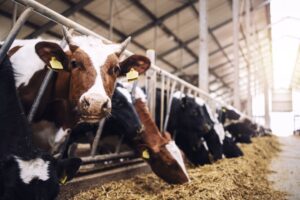
However, the number of High Risk companies decreased for the first time ever, according to the Coller FAIRR Protein Producer Index.
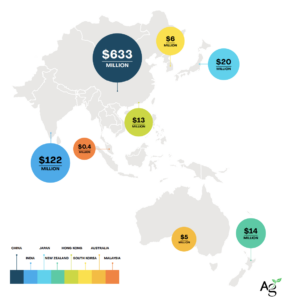
Asia-Pacific Ag Biotechnology startups raised $813 million in 2022, making it the top-funded upstream category for the year.
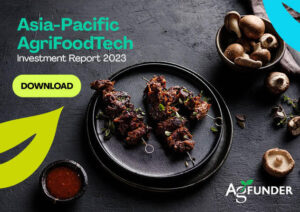
Asia-Pacific has long been a hotbed for agrifoodtech innovation; the recent decline in VC funding isn’t likely to change that.
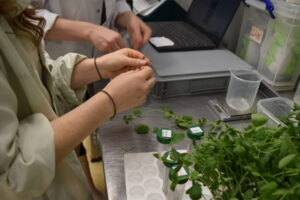
UK researchers say vitamin B12 holds ‘immense potential’ when it comes to the role of biofortified foods in our supply chain.

Could the sustainability credentials—and the unit economics— of alt proteins be improved by tapping into ag industry side streams?
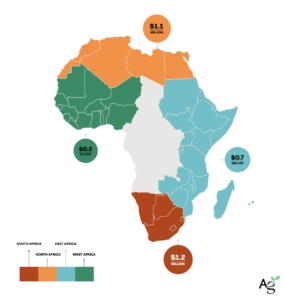
While VCs pumped just $3.2 million into farm management software for African agriculture, this is up from 2021.

After recording a 750% increase in funding between 2018 and 2022, last year Midstream startups in Africa recorded a 45% drop in funding.

Projections show a 14% growth in seafood demand by 2030 versus 2020 levels.
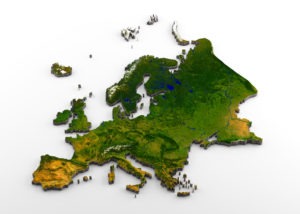
European agrifoodtech innovators are showing particular strength in plant-based, bee-tech and methane reduction, according to research.

Kenya, Nigeria and Egypt cumulatively raised 86% of all funding in 2022 for African agrifoodtech startups.
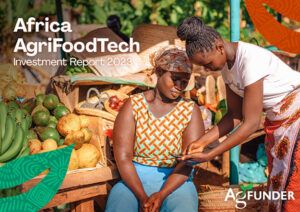
African agrifoodtech investment declined 77% year on year in the first half of 2023 as global macroeconomic trends curtailed growth.

eGrocery and Cloud Retail Infrastructure continue to lead Latin America agrifoodtech investment, despite the global macro-trends elsewhere.
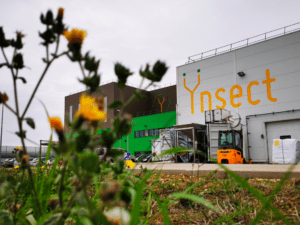
The novel farming systems category has raised $826 million so far in 2023, according to preliminary data from AgFunder.

Aquaculture and agribusiness marketplaces dominate Indonesia agrifoodtech investment this year, but climate tech needs more attention.
